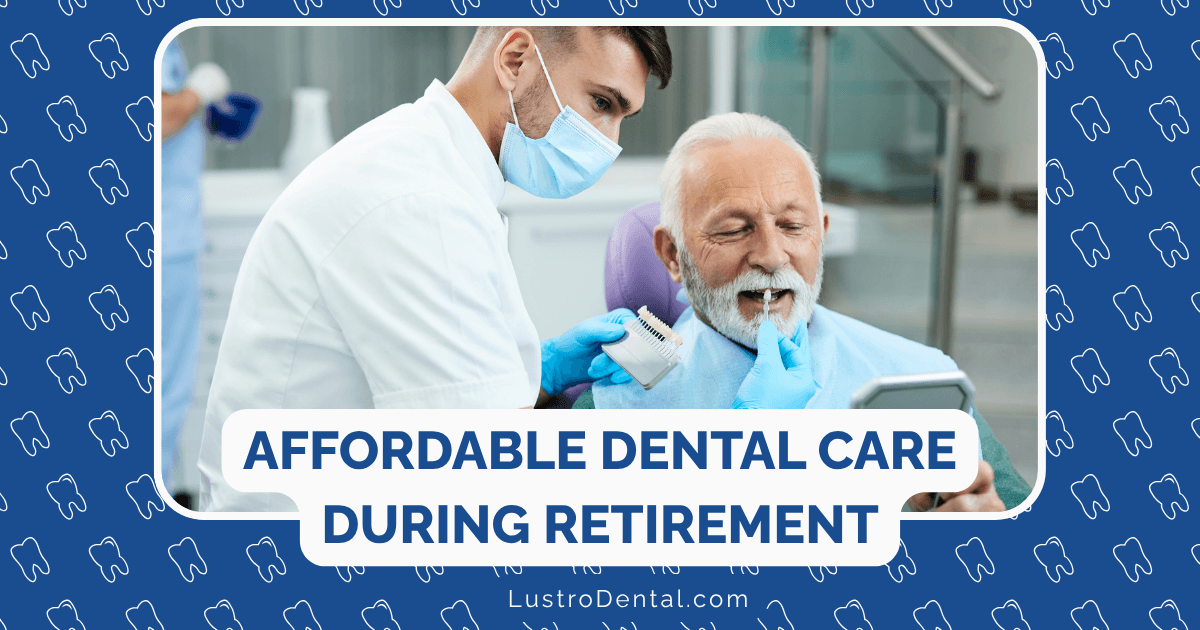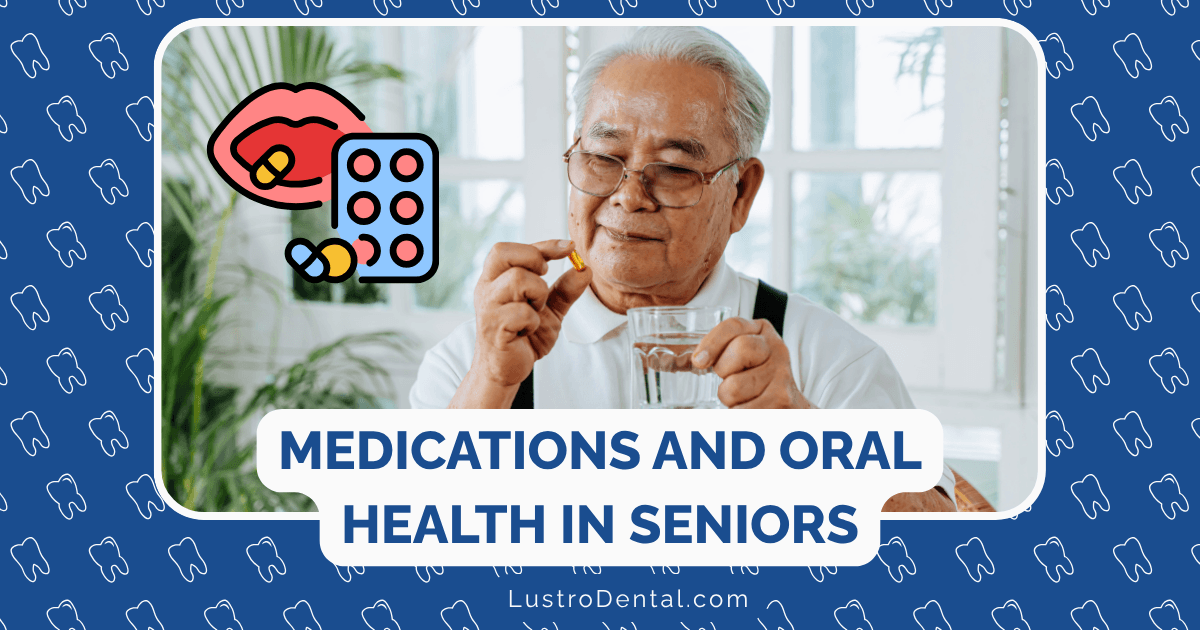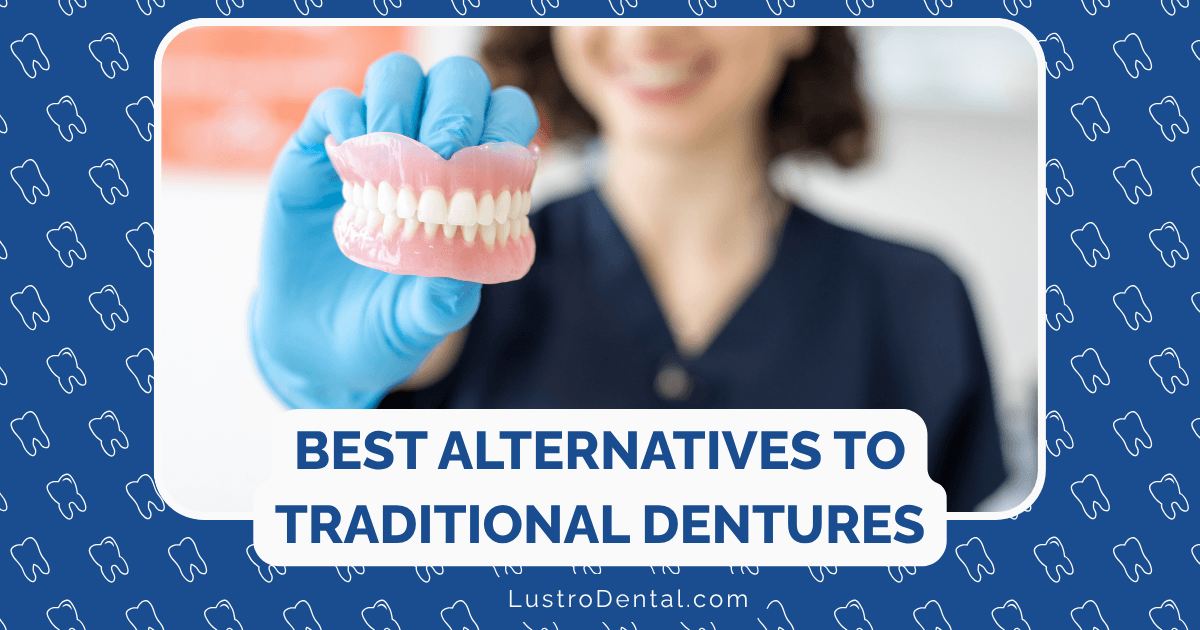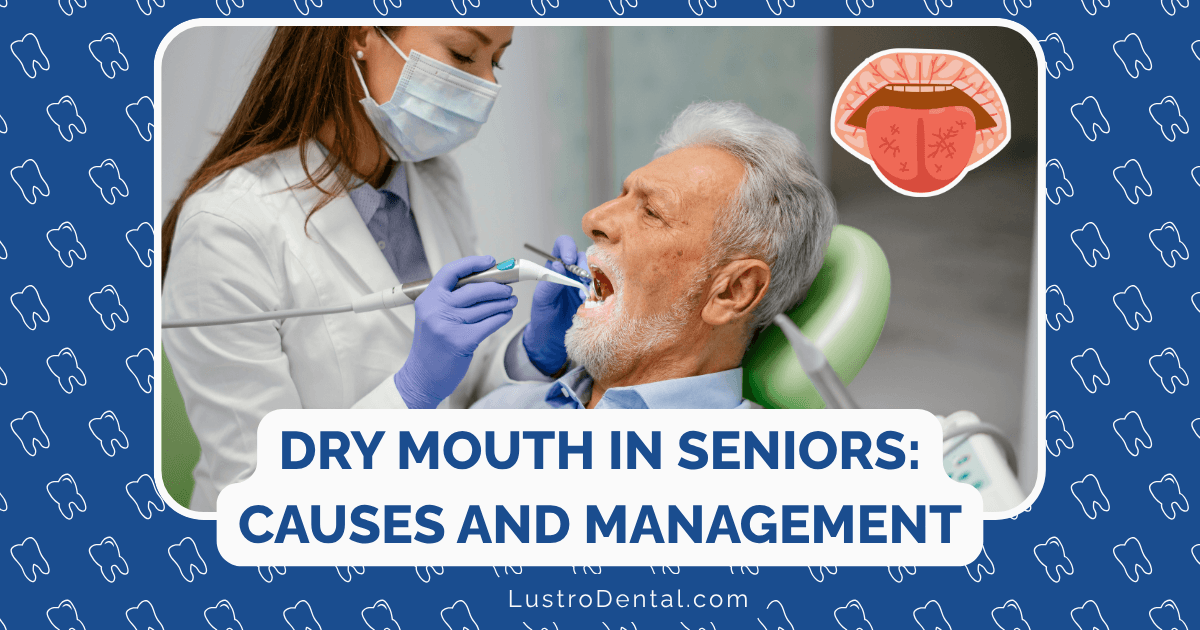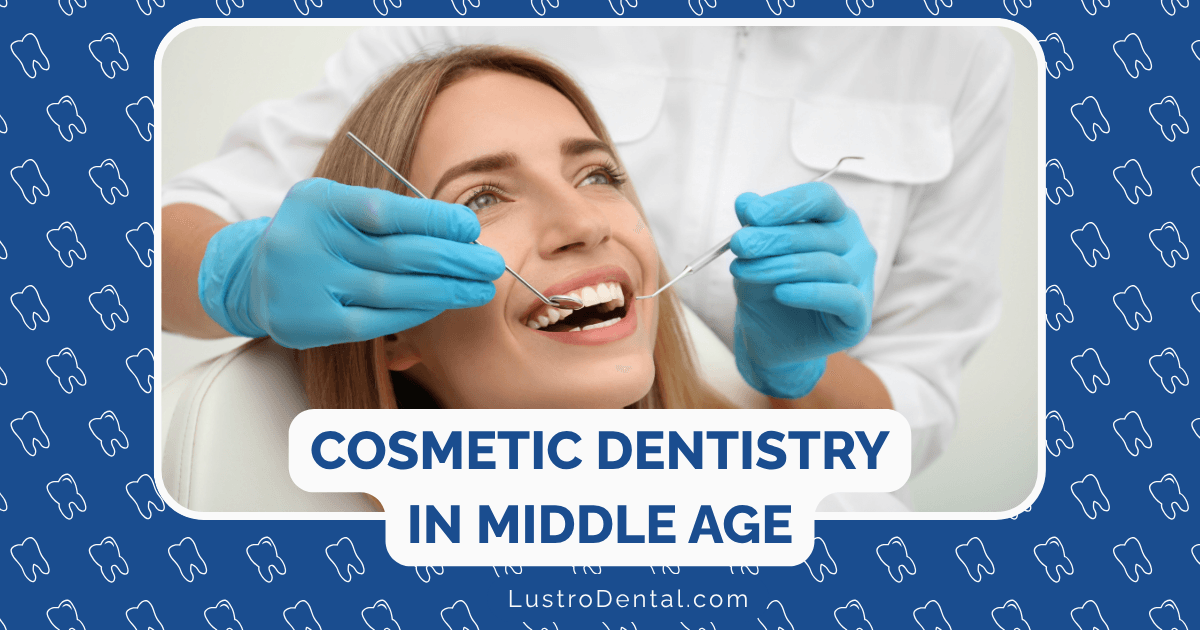Preventing Age-Related Dental Issues: Proactive Strategies for a Lifetime of Healthy Smiles
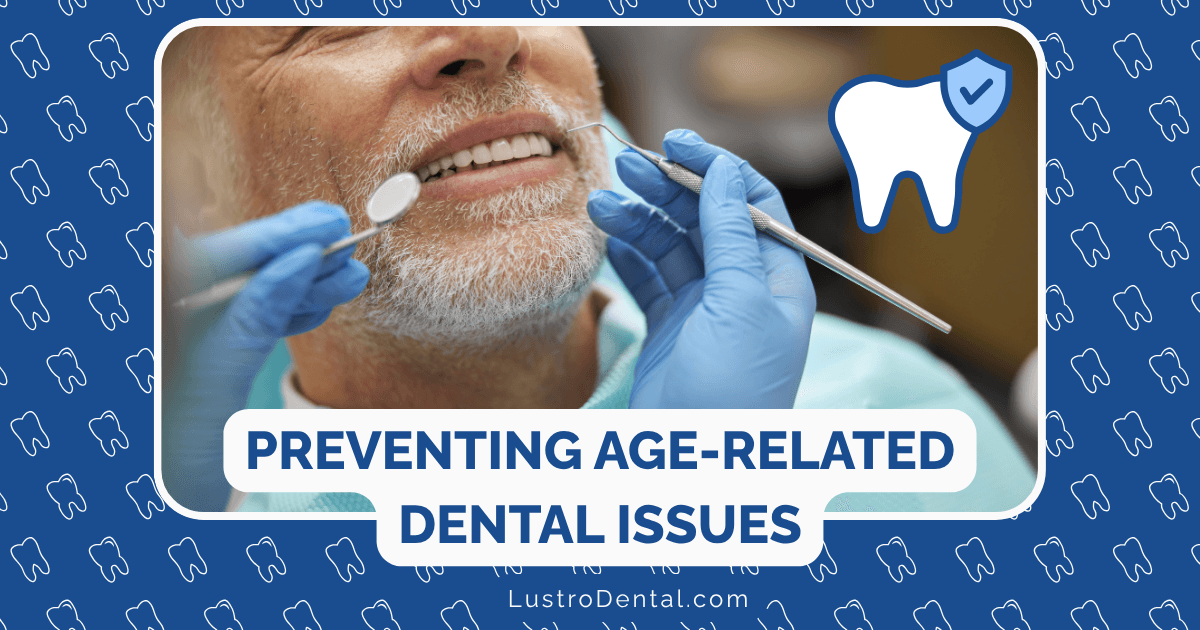
When I turned 50, my dentist congratulated me—not just on my milestone birthday, but on still having all my natural teeth. “That’s becoming increasingly rare,” he told me. “But the real challenge is keeping them healthy for the next few decades.”
His words stuck with me. Like many of us, I’d spent decades focusing on cavity prevention and basic dental hygiene. But as we age, the game changes. New challenges emerge that require different strategies and more proactive approaches.
The good news? With proper care and preventive strategies, many age-related dental issues are avoidable. Let’s explore how you can protect your smile as you age, addressing the unique challenges that come with each passing decade.
Understanding Age-Related Dental Changes
Before diving into prevention, it’s worth understanding what happens to our mouths as we age. These changes aren’t inevitable consequences of aging—rather, they’re conditions that become more common and require specific attention.
Dry Mouth (Xerostomia)
According to the American Dental Association, xerostomia affects approximately 30% of adults over 65 and up to 40% of those over 80. This isn’t just an inconvenience—it’s a serious risk factor for multiple dental problems.
“Many patients don’t realize that saliva is actually their mouth’s first line of defense,” explains Dr. Sarah Chen, a dentist specializing in geriatric dental care. “It washes away food particles, neutralizes acids, remineralizes enamel, and helps prevent infection. When saliva production decreases, the risk for cavities and gum disease increases dramatically.”
Common causes of dry mouth in older adults include:
- Medication side effects (over 500 medications can cause dry mouth)
- Certain health conditions like diabetes, Sjögren’s syndrome, and Alzheimer’s disease
- Radiation therapy for head and neck cancers
- Natural reduction in saliva production that can occur with age
Receding Gums
Have your teeth started looking longer? You’re likely experiencing gum recession, a common age-related issue where the gum tissue pulls back from the tooth surface, exposing more of the tooth and sometimes the root.
According to research published in the Journal of Periodontology, by age 65, over 60% of adults experience some degree of gum recession. This creates several problems:
- Exposed tooth roots are more vulnerable to decay (they lack the protective enamel that covers the crown)
- Increased sensitivity to hot, cold, and sweet foods
- Greater risk of tooth loss as supporting structures weaken
- Aesthetic concerns as teeth appear longer and spaces between teeth may widen
Root Caries
As gums recede and tooth roots become exposed, the risk of root caries (decay on the root surfaces) increases significantly. The ADA reports that approximately 50% of adults over 75 have root caries affecting at least one tooth.
“Root surfaces are covered with cementum, not enamel,” notes Dr. James Wilson, a periodontist. “Cementum is much softer than enamel and decays about 2.5 times faster. This means that once decay starts on an exposed root, it can progress rapidly if not addressed.”
Worn Teeth
Decades of chewing, grinding, and exposure to acidic foods and beverages can lead to worn teeth. This wear can manifest as:
- Flattened chewing surfaces
- Shortened front teeth
- Thinning enamel (appearing more yellow or translucent)
- Cracked or chipped edges
Periodontal Disease
While gum disease can affect people of any age, its prevalence and severity increase with age. According to the Centers for Disease Control and Prevention, 68% of adults aged 65 and older have periodontitis, the more advanced form of gum disease.
Left untreated, periodontal disease can lead to tooth loss, and emerging research has linked it to systemic conditions including heart disease, diabetes, and respiratory infections.
Proactive Strategies for Preventing Age-Related Dental Issues
Now that we understand the challenges, let’s explore specific strategies to prevent these issues or catch them early when they’re most treatable.
1. Upgrade Your Oral Hygiene Routine
As we age, the basic “brush twice a day and floss” routine often needs enhancement. Consider these upgrades:
Electric Toothbrushes
Research consistently shows that electric toothbrushes remove more plaque than manual brushing, particularly important for older adults who may have decreased manual dexterity.
“I recommend oscillating-rotating electric toothbrushes to all my older patients,” says Dr. Chen. “They’re especially beneficial for those with arthritis or limited hand mobility, and many models now have pressure sensors to prevent the aggressive brushing that can worsen gum recession.”
High-Fluoride Toothpaste
Standard toothpastes contain around 1,000-1,500 parts per million (ppm) of fluoride. For adults at higher risk of cavities—particularly those with dry mouth or exposed roots—dentists may recommend prescription-strength toothpaste with 5,000 ppm fluoride.
“High-fluoride toothpaste can provide significant additional protection,” explains Dr. Wilson. “Used consistently, it can reduce cavity formation by up to 20-30% compared to regular toothpaste.”
Interdental Cleaning
While traditional floss works well for many, alternatives like interdental brushes, water flossers, or floss picks may be easier for those with dexterity challenges or dental work like bridges and implants.
“The best interdental cleaning tool is the one you’ll actually use consistently,” notes Dr. Chen. “I’ve seen dramatic improvements in gum health when patients switch to a method that works better for their specific situation.”
Tongue Cleaning
Bacteria on the tongue contribute to bad breath and can recolonize teeth shortly after brushing. A tongue scraper or the tongue-cleaning feature on your toothbrush can help reduce this bacterial load.
2. Combat Dry Mouth Proactively
Given the significant impact of dry mouth on dental health, addressing it should be a priority:
Stay Hydrated
Aim for at least 8 glasses of water daily, and keep water readily available to sip throughout the day.
“I recommend carrying a reusable water bottle everywhere,” says Maria, a 68-year-old who manages medication-induced dry mouth. “I take small sips constantly throughout the day, which helps much more than drinking large amounts less frequently.”
Stimulate Saliva Naturally
- Chew sugar-free gum containing xylitol (which has the added benefit of reducing cavity-causing bacteria)
- Suck on sugar-free lozenges or hard candies
- Try tart foods (if tolerated) like sugar-free lemon drops to stimulate saliva flow
Use Saliva Substitutes
Over-the-counter saliva substitutes in the form of sprays, gels, or rinses can provide temporary relief from dry mouth symptoms.
“For nighttime dry mouth, which can be particularly problematic, I recommend a gel formula,” suggests Dr. Wilson. “It adheres better to oral tissues and provides longer-lasting moisture while you sleep.”
Review Medications
If you’re taking medications that cause dry mouth, speak with your healthcare provider about possible alternatives or adjusted dosing schedules. Never stop or change medications without medical guidance.
3. Protect Your Gums
Preventing gum recession and periodontal disease becomes increasingly important with age:
Gentle Brushing Technique
Use a soft-bristled toothbrush and gentle pressure, brushing at a 45-degree angle to the gumline with short, tooth-wide strokes.
“I see so many patients who’ve literally brushed away their gums with years of aggressive scrubbing,” notes Dr. Chen. “Plaque is soft and doesn’t require hard brushing to remove—technique matters more than force.”
Professional Cleanings
Consider more frequent dental cleanings as you age. While twice yearly might be sufficient for younger adults with good oral health, many older adults benefit from cleanings every 3-4 months.
“More frequent professional cleanings can help manage plaque and tartar buildup, especially in areas that are difficult to clean at home,” explains Dr. Wilson. “It also allows us to catch any issues early when they’re easier to treat.”
Consider Antimicrobial Rinses
For those at higher risk of gum disease, dentists may recommend antimicrobial mouth rinses containing ingredients like chlorhexidine or essential oils to reduce bacteria.
4. Address Tooth Wear and Sensitivity
As enamel thins and teeth show signs of wear, protective strategies become essential:
Use Desensitizing Products
Toothpastes and rinses containing potassium nitrate or stannous fluoride can help reduce sensitivity in worn or exposed areas.
“For localized sensitivity, I recommend applying a pea-sized amount of desensitizing toothpaste directly to the sensitive area with your finger before bed,” suggests Dr. Chen. “Leave it on overnight for maximum benefit.”
Consider a Night Guard
If you grind or clench your teeth at night (bruxism), a custom-fitted night guard can prevent further wear and damage.
“Many patients are unaware they grind their teeth until significant damage has occurred,” notes Dr. Wilson. “Signs include morning headaches, jaw soreness, and visibly flattened or chipped teeth.”
Remineralization Treatments
Professional fluoride varnishes applied during dental visits can help strengthen enamel and reduce sensitivity. For more advanced protection, ask about newer treatments like silver diamine fluoride (SDF) for preventing and arresting root caries.
5. Optimize Your Diet for Dental Health
What you eat affects your teeth, particularly as they become more vulnerable with age:
Limit Acidic Foods and Beverages
Acidic items like citrus fruits, tomatoes, coffee, wine, and carbonated drinks can erode enamel, especially problematic for already-thinning enamel in older adults.
“I’m not suggesting eliminating these foods entirely,” clarifies Dr. Chen. “Rather, be strategic—consume acidic items with meals rather than alone, use a straw for acidic beverages, and rinse with water afterward.”
Choose Teeth-Friendly Snacks
Opt for foods that stimulate saliva and/or provide minerals that strengthen teeth:
- Cheese, milk, and yogurt (calcium and phosphates)
- Crunchy vegetables like carrots and celery (natural cleaning action)
- Green tea (contains fluoride and polyphenols that reduce bacteria)
- Nuts and seeds (provide minerals and healthy fats)
Time Your Sugar Consumption
“It’s not just how much sugar you consume, but how often,” explains Dr. Wilson. “Frequent exposure to sugar throughout the day is more damaging than occasional consumption.”
Consider using a sugar substitute like xylitol, which doesn’t feed cavity-causing bacteria and may even help prevent them from sticking to teeth.
6. Don’t Skip Regular Dental Visits
Regular dental check-ups become even more crucial as we age:
Comprehensive Examinations
Beyond checking for cavities, dental visits should include:
- Oral cancer screenings (risk increases with age)
- Periodontal evaluations
- Assessment of existing dental work
- Evaluation of dry mouth and other age-related concerns
“Many dental problems in older adults are asymptomatic until they’re advanced,” cautions Dr. Chen. “Regular examinations can catch issues before they become painful, expensive emergencies.”
Discuss Age-Specific Concerns
Be proactive in discussing age-related changes with your dentist. Questions to ask might include:
- “Am I showing signs of gum recession, and what can I do about it?”
- “Should I be using a prescription-strength fluoride toothpaste?”
- “How are my existing fillings and crowns holding up?”
- “Is my dry mouth putting me at increased risk for cavities?”
Address Financial Barriers
Many older adults face financial barriers to dental care, particularly since Medicare doesn’t cover most dental services. Options to explore include:
- Dental discount plans
- Dental schools (which often offer reduced-cost care)
- Community health centers
- Supplemental dental insurance
Special Considerations for Specific Health Conditions
Certain health conditions common in older adults require additional dental considerations:
Diabetes
People with diabetes have a significantly higher risk of periodontal disease. In fact, research indicates that diabetes increases the risk of periodontitis by 86%. If you have diabetes:
- Maintain good blood sugar control (which helps reduce inflammation throughout the body, including the gums)
- Be especially vigilant about gum health and professional cleanings
- Inform your dentist about your diabetes status and any medications you’re taking
Osteoporosis
Osteoporosis affects the bones throughout your body, including your jaw. This can lead to tooth loss and complications with dental procedures. If you have osteoporosis:
- Discuss any bone-strengthening medications with your dentist, as some (particularly bisphosphonates) can affect dental healing
- Consider calcium and vitamin D supplements if recommended by your healthcare provider
- Be especially careful to prevent falls that could damage teeth
Arthritis
Arthritis can make maintaining good oral hygiene challenging due to decreased dexterity. Adaptive strategies include:
- Using toothbrushes with larger handles or grip attachments
- Electric toothbrushes that require less manual dexterity
- Floss holders or water flossers instead of traditional floss
- Asking for help from caregivers if necessary
The Bottom Line: It’s Never Too Late to Start
Whether you’re in your 40s and want to prevent future problems, or you’re already experiencing age-related dental issues, taking proactive steps now can make a significant difference in your long-term oral health.
“I have patients in their 80s and 90s who still have most or all of their natural teeth,” shares Dr. Wilson. “The common thread among them isn’t genetics—it’s consistent, preventive care throughout their lives and adaptation to changing needs as they’ve aged.”
Remember that dental health is an essential component of overall well-being and quality of life. The ability to eat comfortably, speak clearly, and smile confidently contributes significantly to healthy aging.
What strategies have you implemented to maintain your dental health as you age? Share your experiences in the comments below to help others on their journey to lifelong dental health.
Disclaimer: This article provides general information and shouldn’t replace professional dental advice. Always consult with your dentist about your specific situation and needs.


